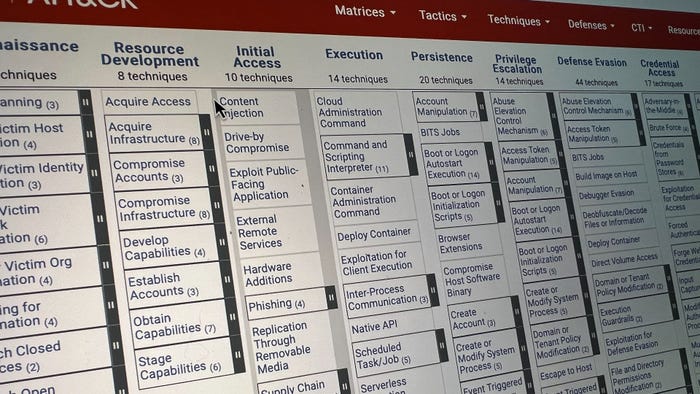Database Breach PreparednessDatabase Breach Preparedness
A copy of "<a href="http://www.applicationforensics.com/research/microsoft/sql-server/sql-2000-2005-2008/sql-server-forensic-analysis-isbn-0321544366" target="new">SQL Server Forensic Analysis</a>," by Kevvie Fowler, arrived in my mailbox today. I'd been looking forward it to because it is a highly topical subject given all of the data breaches that have occurred in the past couple of years involving databases. David Litchfield has produced numerous whitepapers and presented on the topic of Orac

A copy of "SQL Server Forensic Analysis," by Kevvie Fowler, arrived in my mailbox today. I'd been looking forward it to because it is a highly topical subject given all of the data breaches that have occurred in the past couple of years involving databases. David Litchfield has produced numerous whitepapers and presented on the topic of Oracle forensics, but little has been published on forensics of Windows SQL Server systems.In fact, if you take a look at databasesecurity.com, there are more than a dozen forensics articles about Oracle systems and one on SQL Server, which just happens to be Fowler's presentation from Black Hat USA 2007. I have a question for you CSOs and security team managers: How many of you have forensic investigators on your staff with extensive database skills?
I have a feeling the answer to that is going to be a very small number. Depending on your state laws regarding breach disclosure and your company policy, just knowing that an attacker had the ability to access the database is enough of a reason to notify individuals who had personal data on the system. The flip side of the coin is that even if the attacker could have accessed the database, did he/she and what specific data was accessed?
The last scenario is where database forensics becomes important, but most investigations end there due to lack of expertise. However, after spending an hour reading through several of the chapters, I'm convinced that if you were take the time to read this book, set up the example database, create a SQL Server incident response toolkit, configure your forensic workstation for analysis of a SQL Server, and work with the included incident response scripts, you would be prepared to take on a forensic case involving an MS SQL Server.
It goes without saying that databases are the crown jewels for many organizations. Being able to adequately respond to incidents involving them is crucial as we move forward with targeted attacks focusing on monetary gain and corporate espionage. If your team is not ready to handle a case involving a database, then it's time to add that skill set to your arsenal.
For MS SQL Server environments, take a good look at Fowler's book. For Oracle shops, David Litchfield's seven-part Oracle Forensics series is available at databasesecurity.com, along with papers from other authors. Litchfield also has an upcoming book titled "Oracle Forensics Using Quisix," so be on the lookout for it.
John H. Sawyer is a Senior Security Engineer on the IT Security Team at the University of Florida. The views and opinions expressed in this blog are his own and do not represent the views and opinions of the UF IT Security Team or the University of Florida. When John's not fighting flaming, malware-infested machines or performing autopsies on blitzed boxes, he can usually be found hanging with his family, bouncing a baby on one knee and balancing a laptop on the other. Special to Dark Reading.
About the Author
You May Also Like




